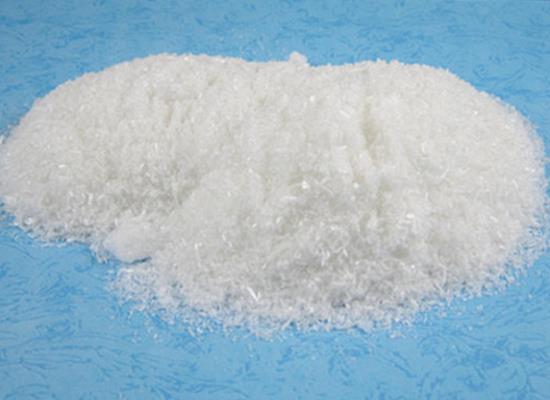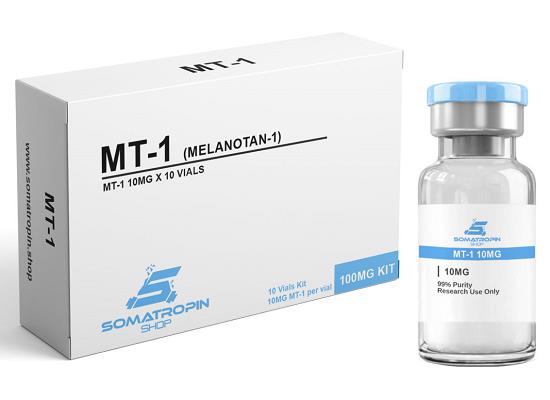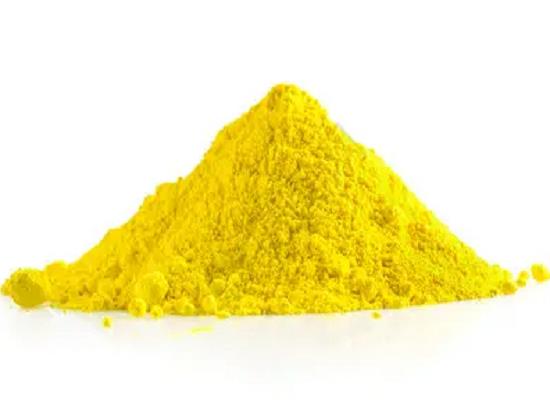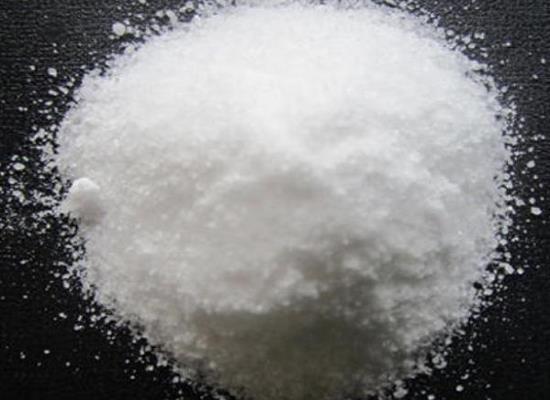Active Pharmaceutical Ingredients (API), popularly speaking, are the raw materials of medicines, only pharmaceutical raw materials are processed into pharmaceutical preparations , can they become medicines available for clinical use, so drugs we usually eat are the finished drugs through processing. Active Pharmaceutical Ingredients based on its sources can be divided into two major categories ,including chemical synthetic drugs and natural chemical drugs. Chemical synthetic drugs can be divided into organic synthetic drugs and inorganic synthetic drugs. Inorganic synthetic drugs are inorganic compounds ( very few is element), such as aluminum hydroxide, magnesium trisilicate which are used for the treatment of gastric and duodenal ulcers ; organic synthetic drugs are mainly composed of drugs made by basic organic chemical raw materials, through a series of organic chemical reactions (such as aspirin, chloramphenicol, caffeine, etc.). Natural chemical drugs ,based on its sources,can be divided into two categories including biochemical drugs and plant chemical drugs. Antibiotics are generally made by the microbial fermentation, which belongs to the biochemistry category. A variety of semi-synthetic antibiotics occurs in recent years,which are biosynthesis and chemical synthesis combining products.Among active Pharmaceutical Ingredients, the organic synthetic drugs varieties, yields and values have the largest proportion,which are the main pillars of the chemical and pharmaceutical industries. The quality of active Pharmaceutical Ingredients decides whether the formulation is good or bad , so its quality standards are very strict ,countries in the world have developed national pharmacopoeia standards and strict quality control methods for its widely used active Pharmaceutical ingredients.
2-Mercaptothiazoline: applications in various fields and toxicity
2-Mercaptothiazoline is a versatile compound used as an antifungal reagent, brightening agent, and corrosion inhibitor, but it can be harmful to health and the environment.
Dec 8,2023 APIMelanotan 1: mechanisms of action, clinical applications and safety
Melanotan 1, a synthetic analogue of α-MSH, promotes tanning and potentially treating skin conditions. Lack of regulatory approval and safety concerns necessitate professional consultation before use.
Dec 8,2023 APIBenzofuran-6-carboxylic acid: properties, applications and safety
Benzofuran-6-carboxylic acid has diverse applications and notable properties, but requires careful handling due to safety hazards.
Dec 8,2023 API1,1'-Thiocarbonyldiimidazole: properties, applications and safety
1,1'-Thiocarbonyldiimidazole is a versatile and reactive compound used in organic synthesis and analytical chemistry with strict safety protocols.
Dec 8,2023 API1-Dibenzofuranylboronic acid: properties, applications and safety
1-Dibenzofuranylboronic acid enables organic synthesis and electronic material production with stable boronate ester formation and Lewis acid catalyst properties, but safety precautions are necessary.
Dec 8,2023 API4-Bromo-7-azaindole: properties, applications and safety
4-Bromo-7-azaindole is a stable compound used in drug synthesis, with potential as an anticancer and antimicrobial agent, but requires careful handling due to its toxic properties.
Dec 8,2023 APIThe mechanism of action and side effects of Finasteride
Finasteride is a 5-alpha reductase inhibitor mainly used to treat benign prostatic hyperplasia and alopecia.
Dec 7,2023 APIAntioxidant 1035: properties, applications and safety
Antioxidant 1035 boasts high stability, heat resistance, and versatility for various industrial applications, but proper handling is crucial due to potential health risks and harm to aquatic life.
Dec 7,2023 API3-Bromodibenzo[b,d]thiophene: properties, applications and safety
3-Bromodibenzo[b,d]thiophene has unique properties and applications in multiple fields, but proper caution and safety measures must be taken due to potential hazards.
Dec 7,2023 API9-Bromophenanthrene: properties, applications and safety
9-Bromophenanthrene is a solid compound with fluorescence properties, used in analysis and coordination reactions, but requires caution due to potential health hazards.
Dec 7,2023 API












